The 71ST Emmy Awards ceremony that held today reminds us of the multiple award-winning Free Solo, which is one of the most exceptional cinematography and storytelling achievements ever. The film was shot on budget-friendly cameras like Canon C300 Mark II and Blackmagic Design URSA Mini. That is a vast proof why the story overcomes equipment. Read more down below.
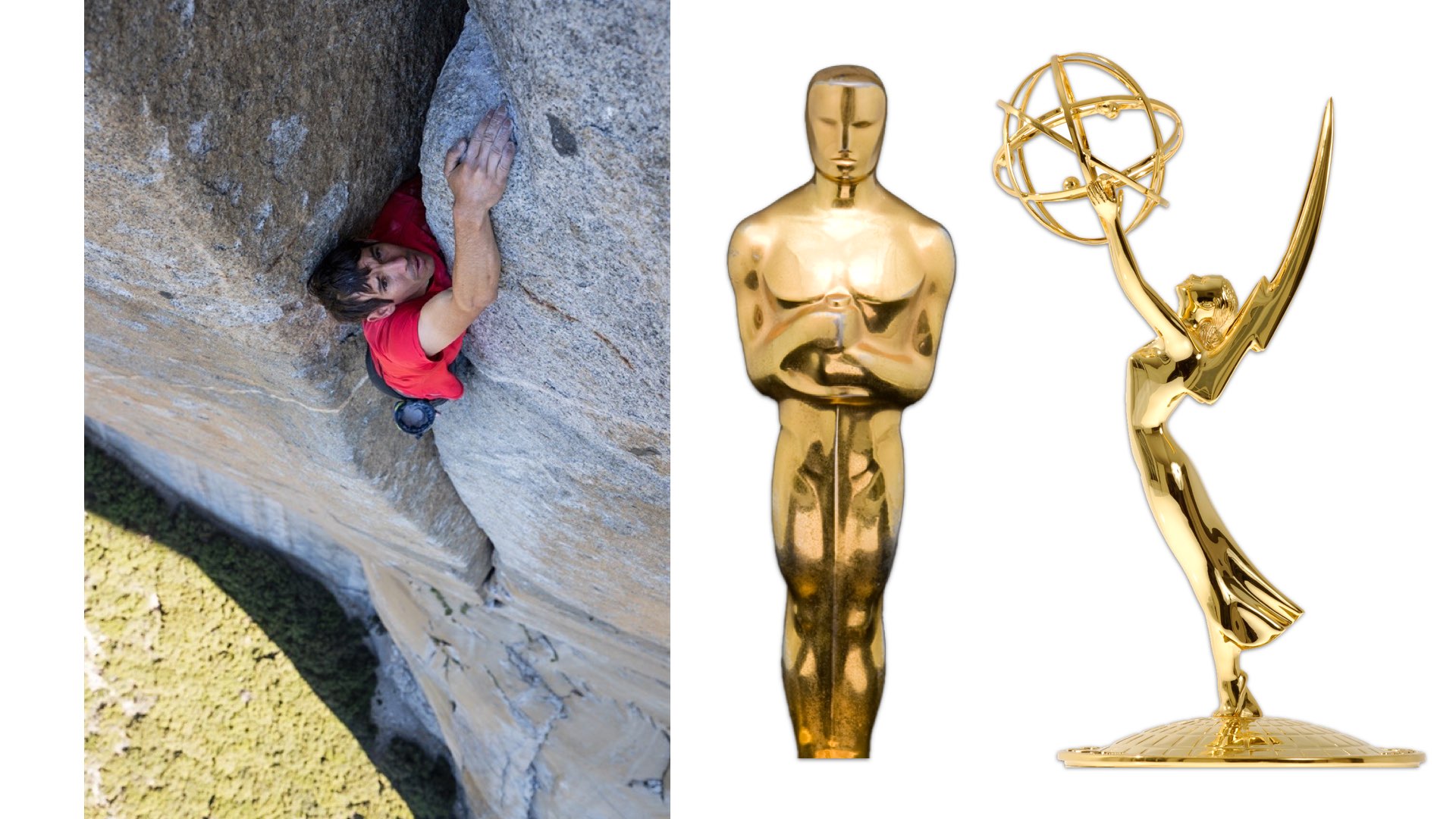
The Emmy Awards
The 71st Primetime Emmy Awards is honoring the best in U.S. prime time television programming from June 1, 2018, until May 31, 2019, as chosen by the Academy of Television Arts & Sciences. The ceremony was preceded by the 71st Creative Arts Emmy Awards on September 14 and 15, which honored outstanding artistic and technical achievement in television. This ceremony included reality, variety special, documentary, animated program and short-form animation, choreography for variety or reality program, and interactive program. One of the best shows was the filmmaking masterpiece – Free Solo.

Free Solo was the first program with multiple awards
Free Solo is a documentary feature film about Rock climbing. The film captures Alex Honnold’s free climber (without ropes) trying to become the first person to ever climb the 3,000 foot El Capitan in Yosemite National Park, without any ropes or safety gear.
The film directed by Jimmy Chin and Elizabeth Chai Vasarhelyi has won these seven prizes: Outstanding Directing for a Documentary/Nonfiction Program, Outstanding Cinematography, Sound Editing, Sound Mixing, Picture Editing, Music Composition and Best Achievement in Interactive Media. Furthermore, back in February, Free Solo won Best Documentary Feature honors at the 91st Academy Awards.
Take a look at the trailer below:
It’s a film about the filmmakers
Free Solo is a unique documentary because it shows the filmmaking process and the filmmakers’ dilemma.
The filmmakers and Alex know each other for more than ten years. They have a strong and meaningful friendship. Furthermore, filming Alex trying to concur El Capitan rope-less sounds insane. Imagine you, as a filmmaker making a film about your best friend risking his life with a decent chance to get killed. There is no doubt that the conflict is high. However, that’s what it makes this project such a special one. First, there is the exceptional physical (and mental) achievement of the subject (Alex) which is unprecedented. Second, there is the filmmaker’s point of view. As filmmakers, we tend to appreciate that exclusive behind the scene angle, implemented in the final movie. However, there are some scenes that you might get confused regarding which is the main subject, Alex or his filmmakers’ friends.
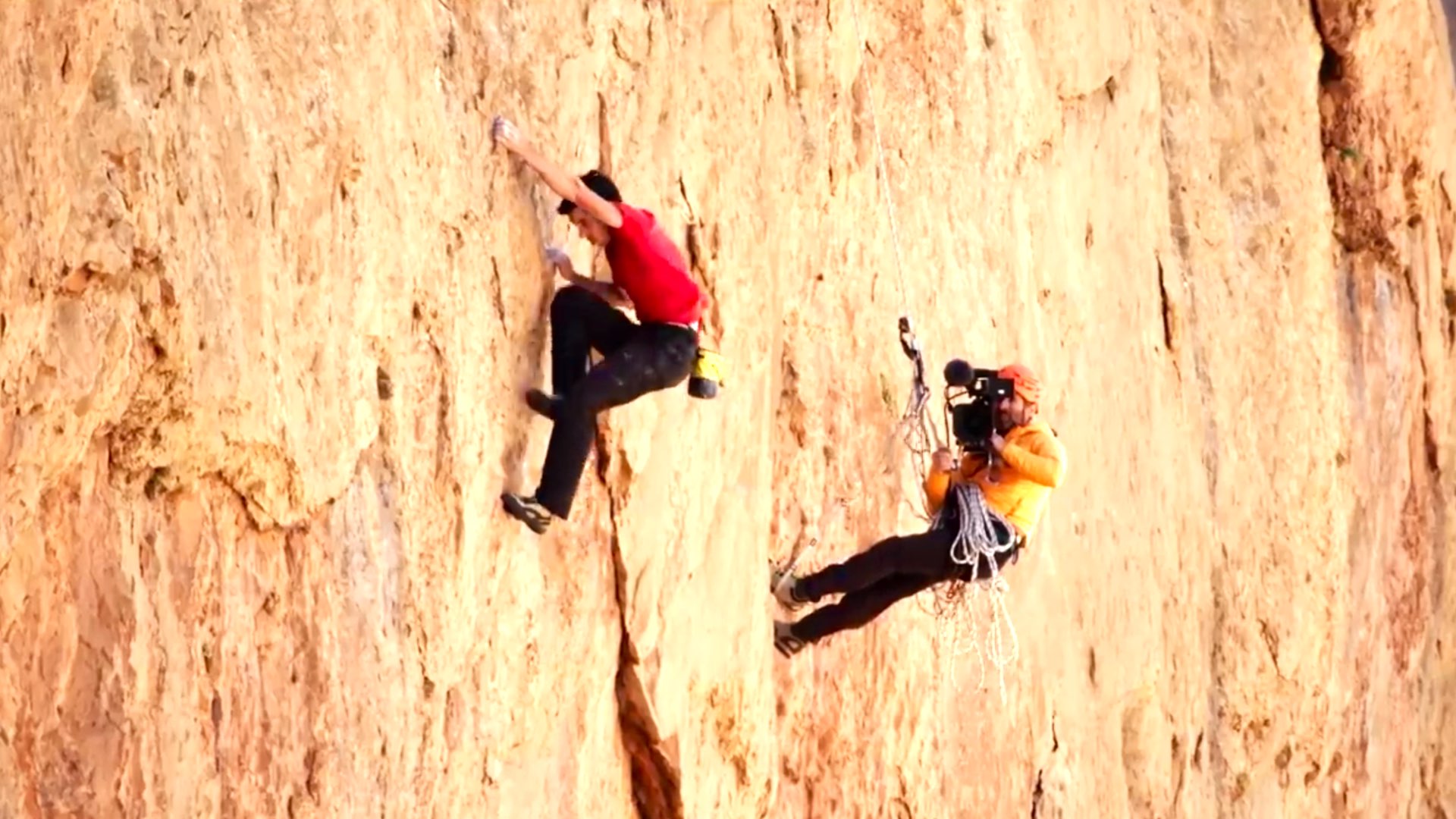
Cinema cameras on a budget: Not ARRI nor RED
Free Solo was shot on two primary cameras: Blackmagic Design URSA Mini and Canon C300 Mark II. It’s not surprising, though. These are very robust tools, especially the award-winning C300 Mark II, which has some respected history regarding its documentary filmmaking capabilities. The C300 Mark II is known for its robustness and reliability in harsh production environments.

Furthermore, these are professional cinema tools that have the potential to produce stunning imagery. The C300 Mark II was used on the mountains, and the URSA Mini was dedicated to capturing telephoto shots from the land.
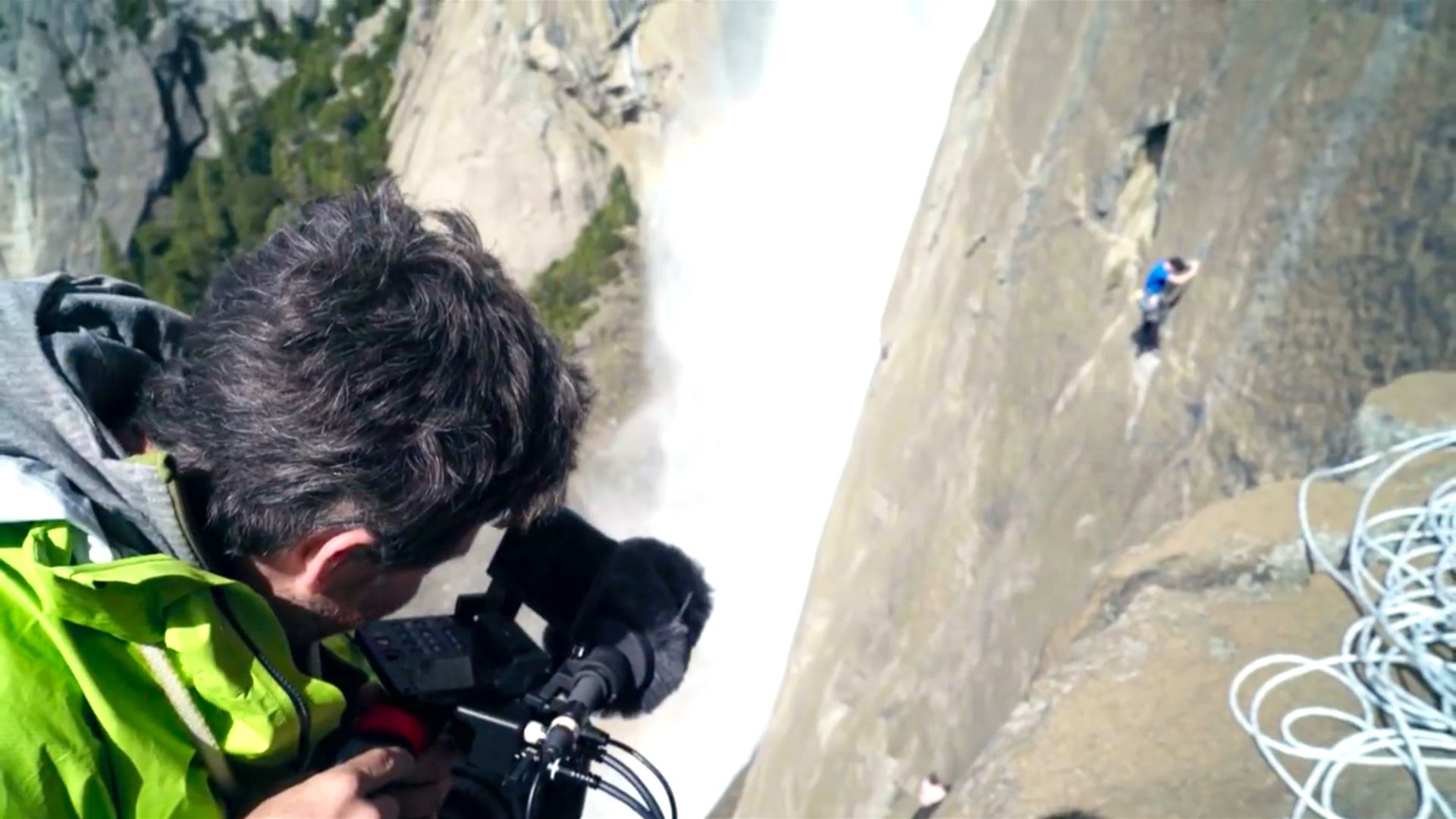
The reliability and robustness of the C300 Mark II and URSA Mini
In most cases, shooting documentary is defined as an uncontrolled production environment. For instance, when capturing nature, you don’t have a clapperboard for the start of each take. You have to be focused, and camera ready for a one-shot scenario. Free Solo is very much like that. The camera operator didn’t have a second chance, especially when rough security measures were taken to minimize the danger. Also, the power management of the camera needs to be super-efficient, and there is no room for mistakes and miscues. That’s why Canon cinema cameras seemed like a logical choice concerning the preciseness required for this project because the Canons rarely fail.
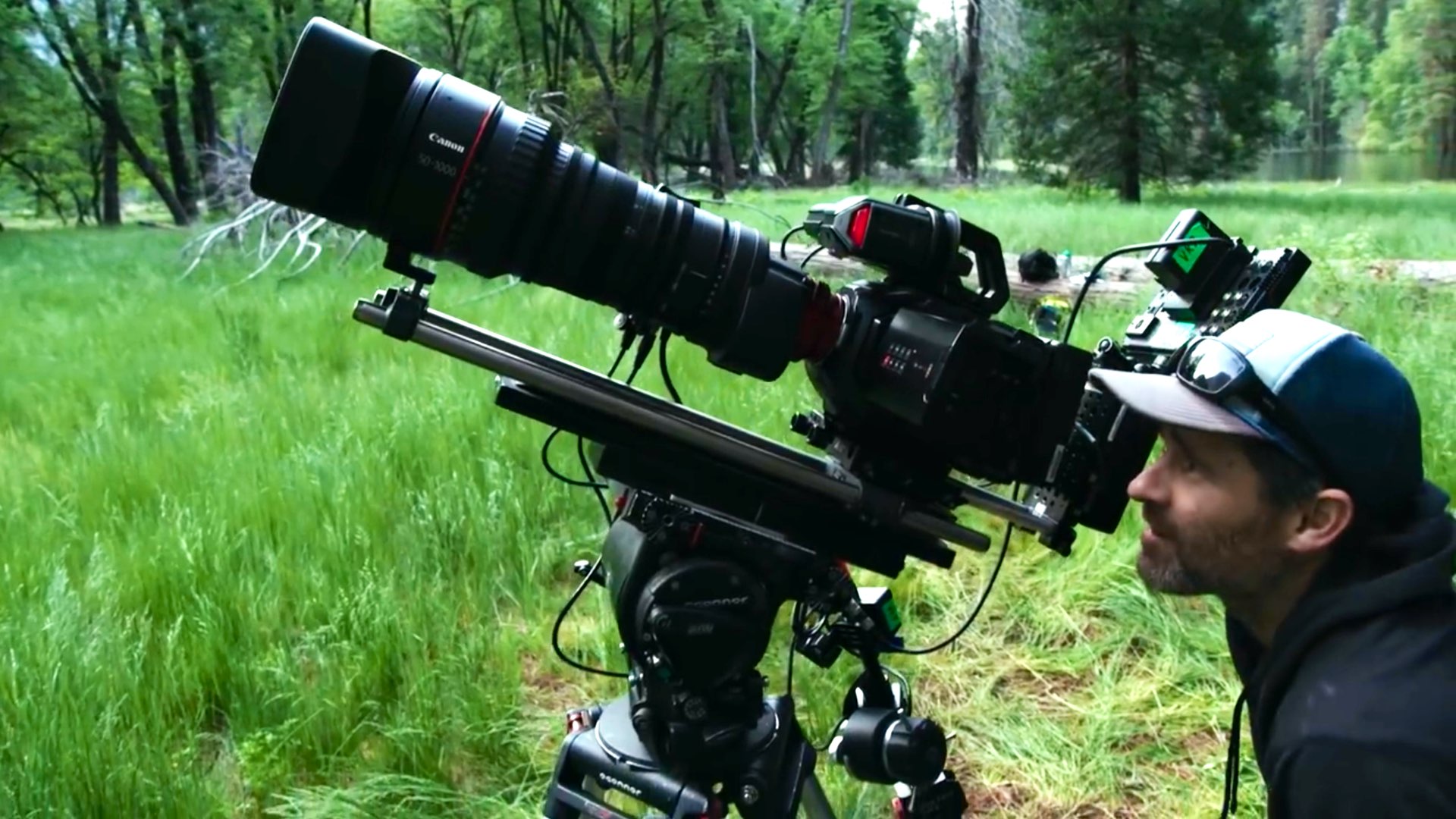
Free Solo is a unique documentary because it shows the filmmaking process and the filmmakers’ dilemma.
Furthermore, bringing an ARRI to the top of the mountain was a way to complicated. To sum it up, I completely can understand the decision of choosing those cameras in that kind of a project. To understand the complexity of filming Free Solo, take a look at the BTS (Behind The Scenes) screenshots.
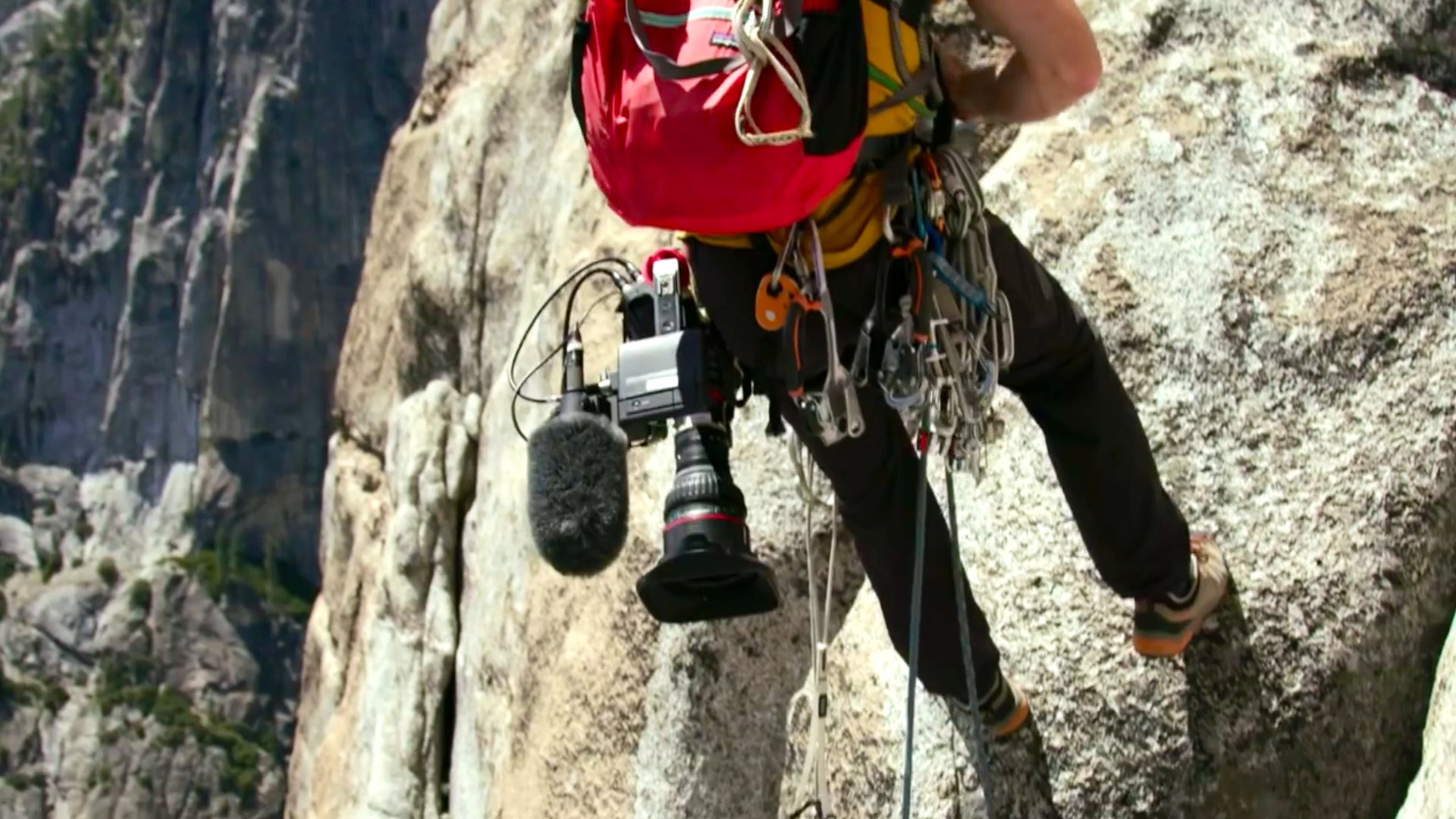
The image quality of the C300 Mark II and URSA Mini
First, the film looks polished and professional. There is no extreme looks or dreamy nor dramatic imagery. From a color grading point of view, the look can be defined as an ordinary documentary look. It doesn’t mean that it’s not cinematic. Second, it appears that Free Solo was screened on an IMAX theater (for a limited time). As explained by IMAX: “The IMAX release of the film was digitally re-mastered into the image and sound quality of The IMAX Experience with proprietary IMAX DMR (Digital Re-mastering) technology. The crystal-clear images, coupled with IMAX’s customized theater geometry and powerful digital audio, create a unique environment that will make audiences feel as if they are in the movie”.

So think about that: The C300 Mark II and the URSA Mini footage were good enough for the giant screen. The audience told us that the Free Solo IMAX experience was outstanding and truly immersive.
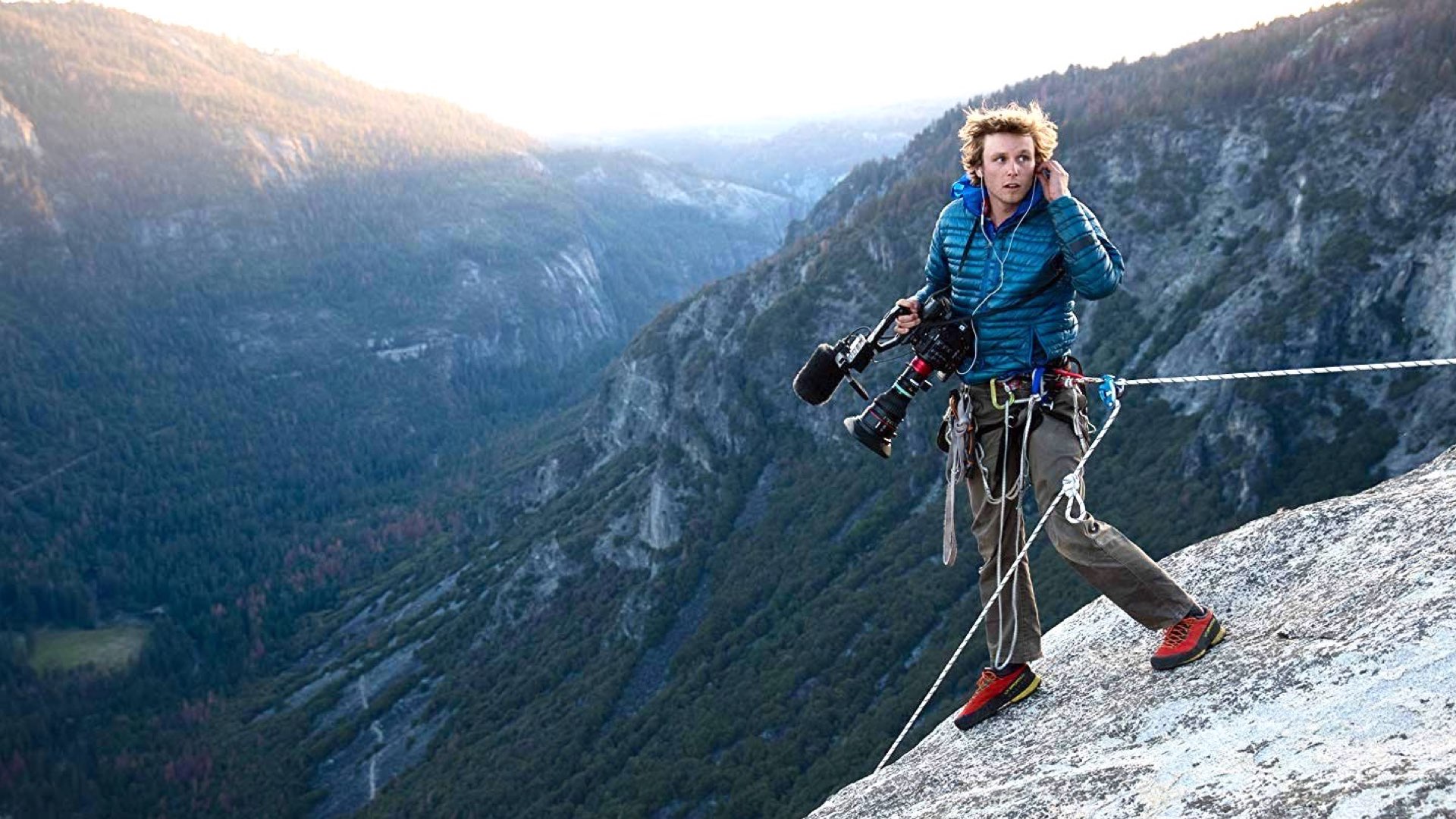
Final thoughts
Free Solo is a reference for the importance of the storytelling factor in your film. Free Solo is also an example of maximum utilization of budget-friendly (<$10,000) and moderate cinema cameras that are good enough even for the IMAX experience. As filmmakers, there is a lot to learn here. See the film and let’s know what you think.


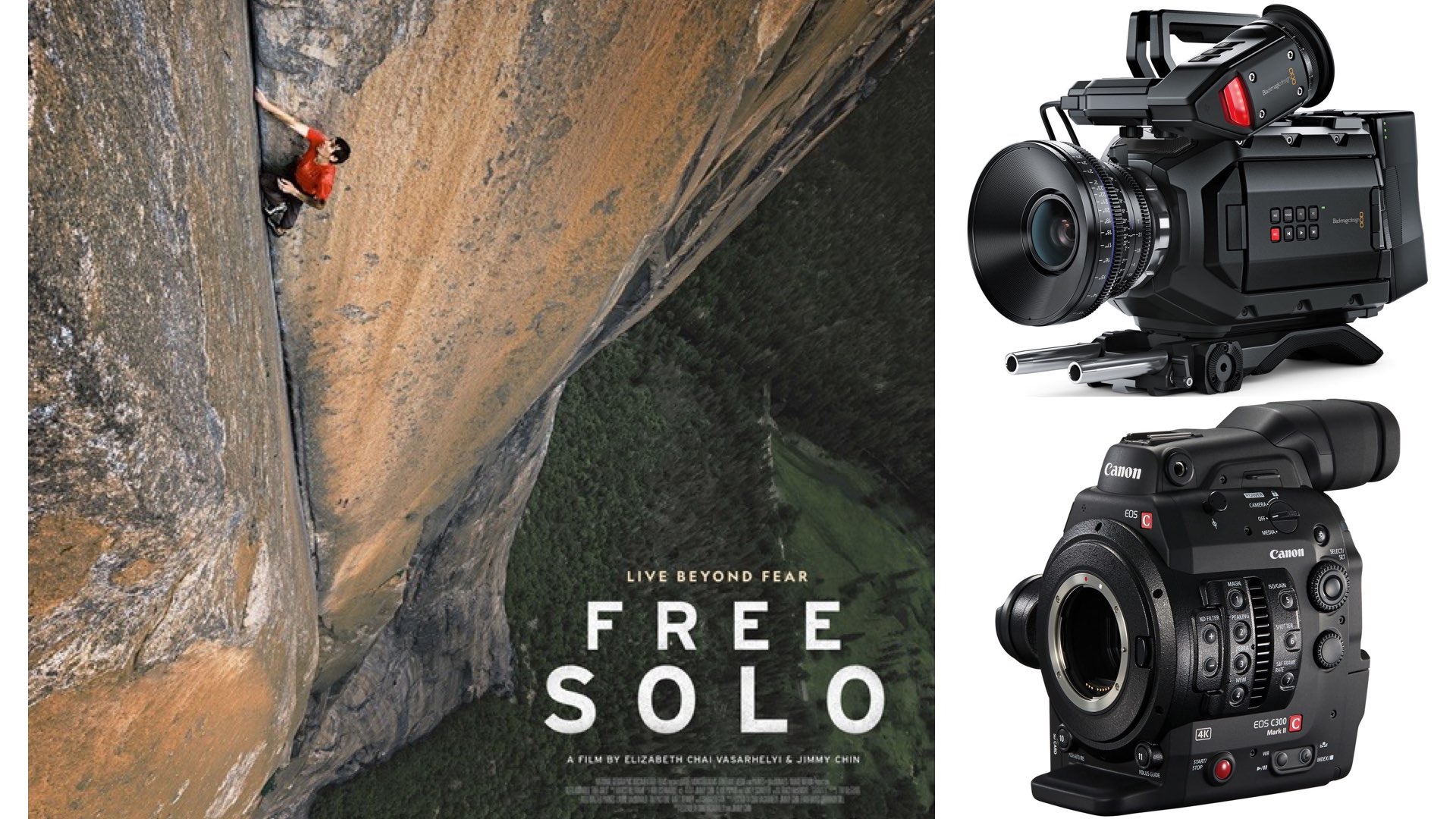
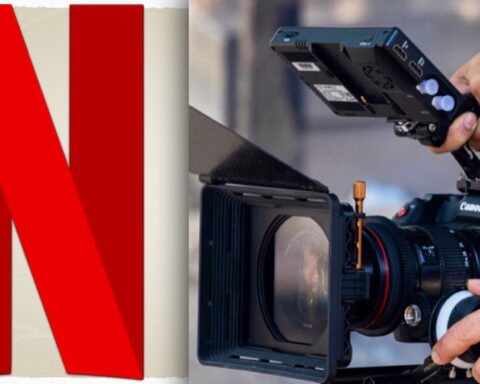



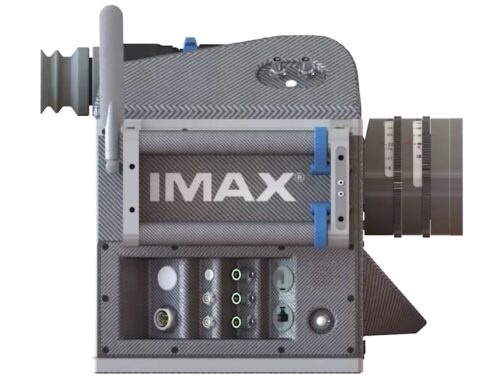


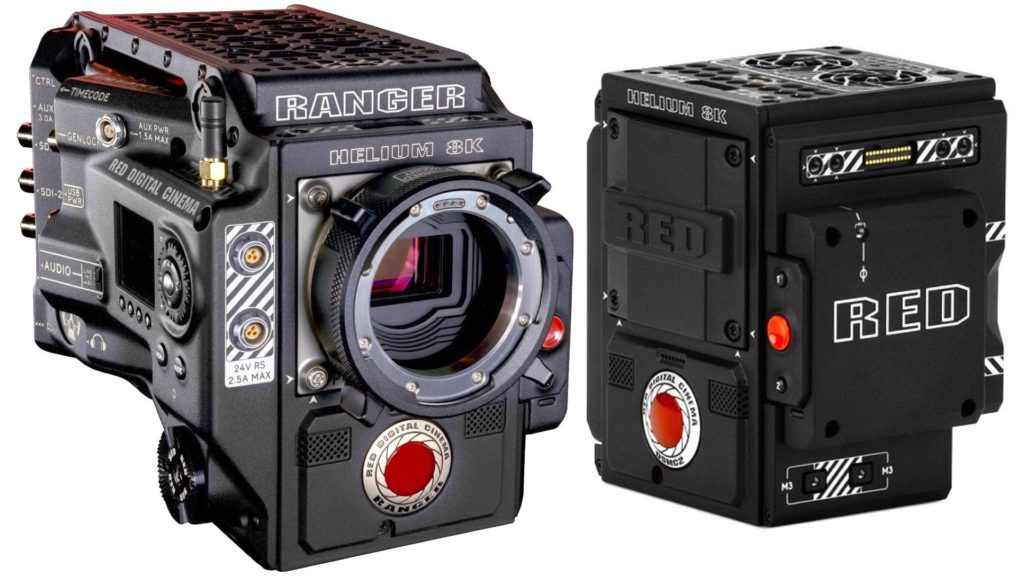
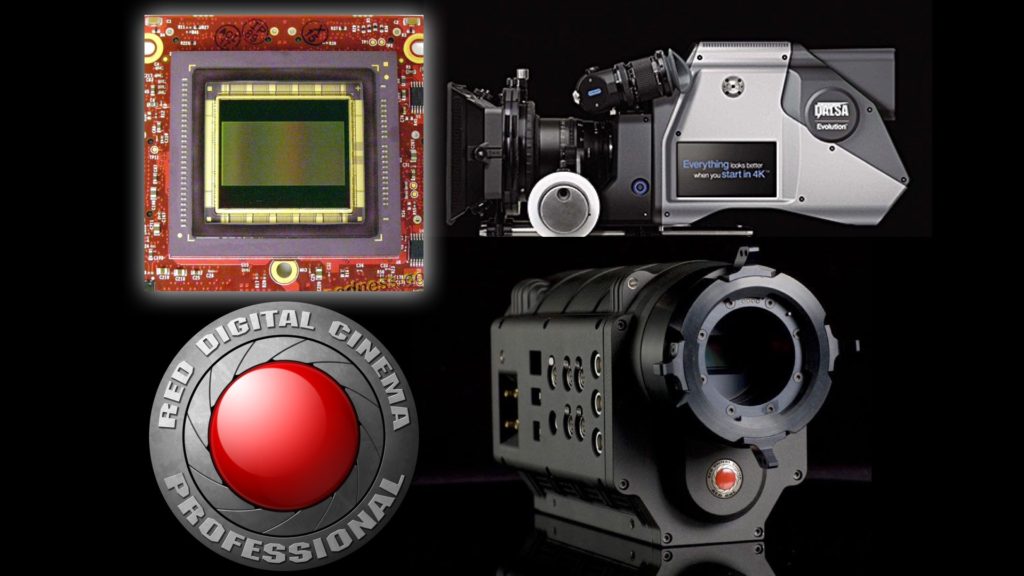






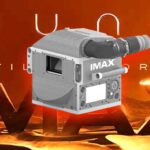
I think you mean c300 mark II* when talking about image quality?
Thank you! Corrected!
Could you shoot a low budget cinematic drama with the cannon c300 mark ii